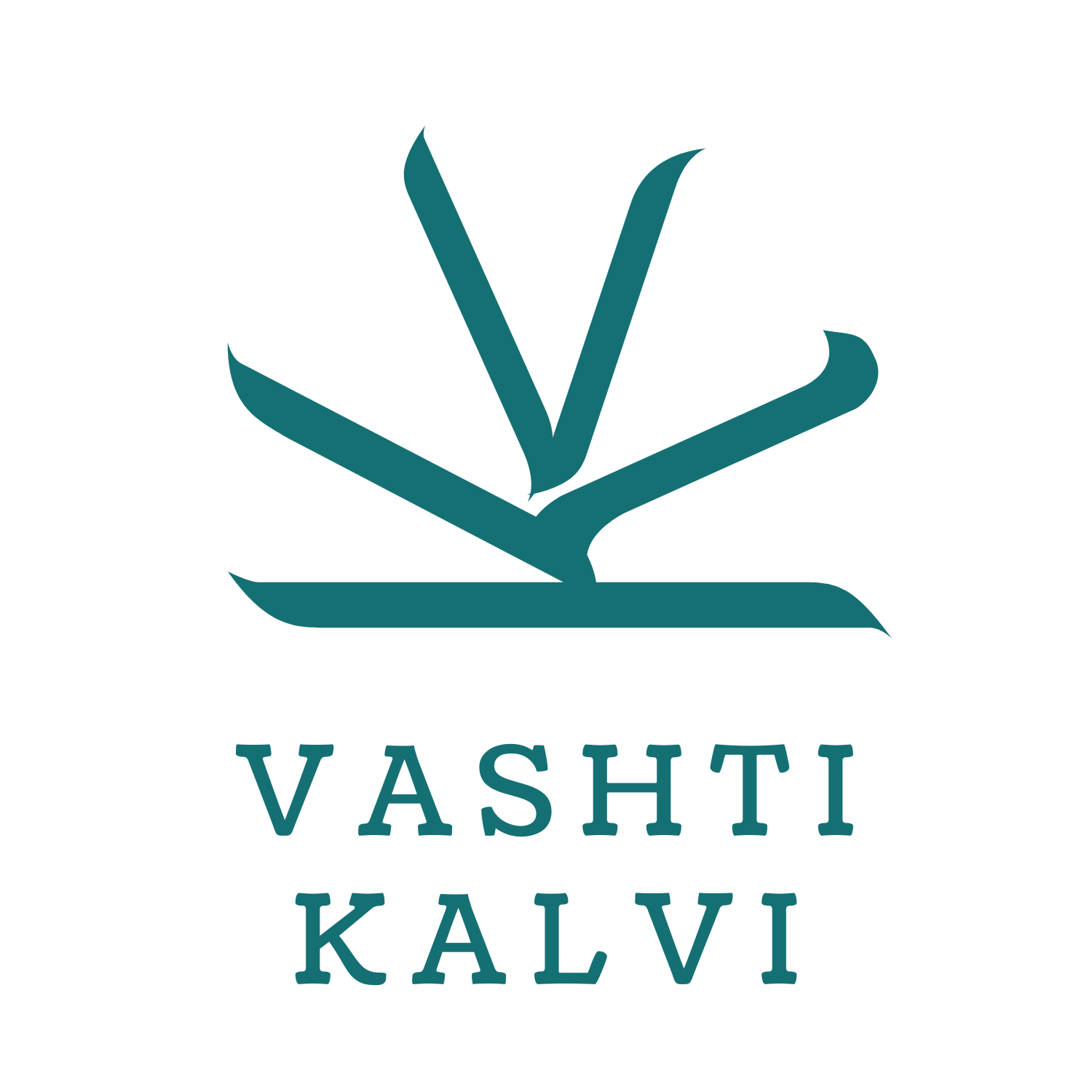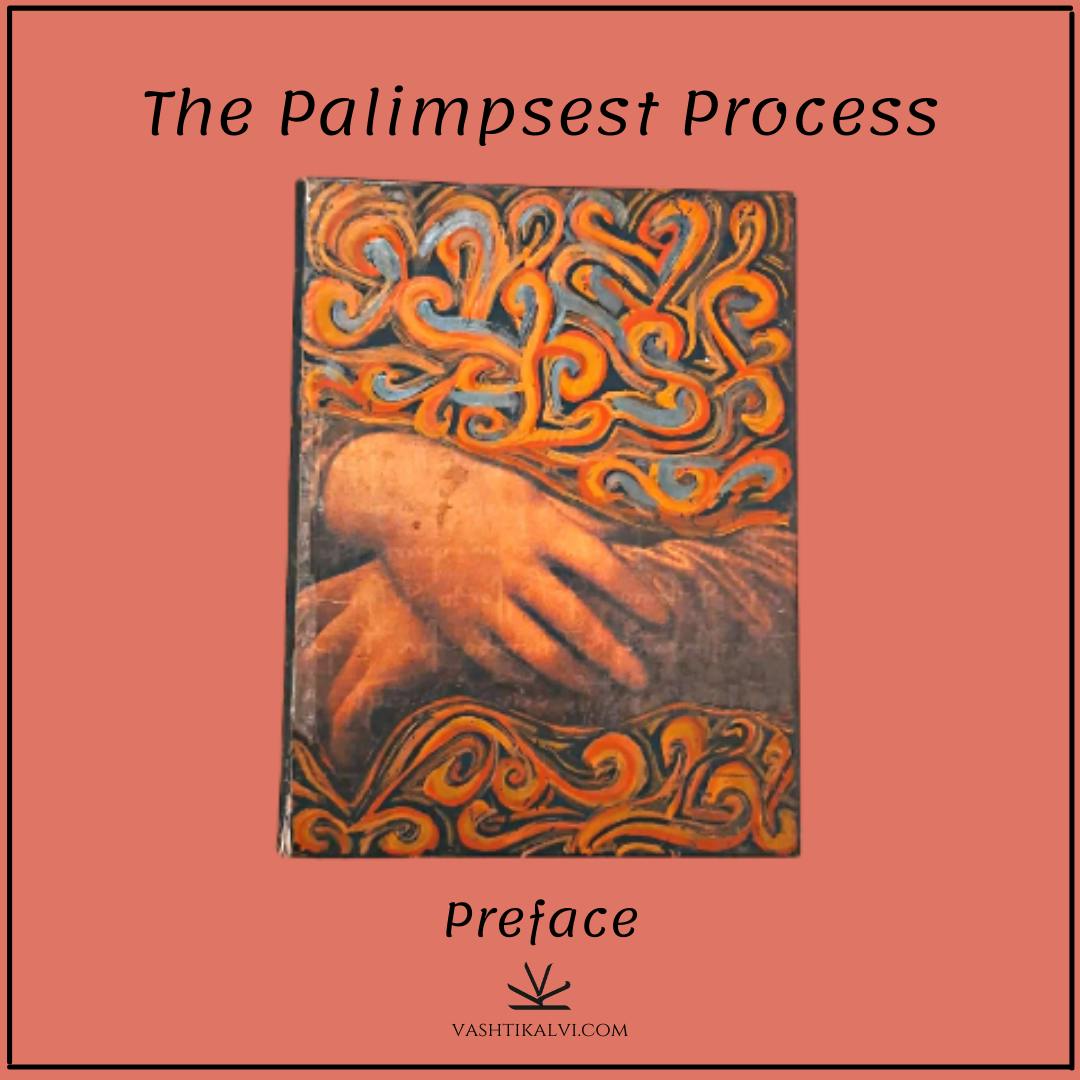There was a massive desk outside the mailroom in college, mostly used to tape packages shut, or unceremoniously rip them open. It had a stack of used cardboard boxes you could repurpose. There was a drawer with reusable envelopes for “on campus communications” and next to it was a drawer labelled “Scrap paper.”
In theory, it was just for scraps of paper - to write an address, or tracking number. With all my gripes and grievances about my rich PWI and how it chose to use resources, I will forever be in awe of what that drawer was. It could have easily just been a mess of used single sided paper. Instead, there were stacks of paper, in different textures, colours, and sizes, hot-glue bound for easy tearing. They were frequently restocked, and you could just take them.
One of my happiest finds was a compilation of gorgeous cardstock, printed on one side to look like parchment with faded music notation around the edges. Maybe it was leftover paper from a music program, or just a printing error. Either way. I treasured it. I used it to write chords to songs I was learning. And when I ran out of those sheets, I erased, and rewrote them smaller so I could fit more songs in. You can see imprints of the previous writing, and it’s oddly charming.
I have never had a shortage of paper. I’ve always had a shelf, or a drawer just for paper. With my whole “been writing stories since the 2nd grade” shtick, of course I’ve always had a collection of unused notebooks that are too pristine to ruin. I save pages ripped out from the ends of used notebooks. I keep sheets pulled out of chocolate boxes and such. And there has always been the endless supply of single-sided print-outs, first from my parents’ work, and then from my own. My classroom had two cartons with old paper - lined and unlined. I had my students use that paper, whether it was for art or English.
As a writer, student, and educator, I would be nowhere if I hadn’t had such free access to scrap paper. It is such a privilege to create and think with the assurance that you can try it again if you aren’t happy. There’s also the hugely undervalued privilege of creating and thinking with no standards to meet. Where would we be without the freedom to discard old work and start over? Where would we be without the freedom to discard our old selves and start over?
I first entertained the idea of this series because of an old piece that I wanted to paint over. I made it more than a decade ago. With so many pieces of my old work- writing, and otherwise, though I can separate myself enough to laugh at it, I deeply wish it was better, or just different. Making something new wouldn’t scratch that itch. I want to change the ideas and feelings I expressed, neither discarding nor negating what they were.
There’s a deeply endearing sense of humanity in the making of a palimpsest. There is an urge to express something, the need for a platform to express it, and a choice to sacrifice something else to meet that need. With scrap paper, it’s an easy decision, hardly a choice, to make good use of a surface that would be discarded otherwise. With old art, it’s a little more complex. Maybe the original needed to be sacrificed because of a resource shortage, or maybe it just needed to change.
I have been thinking a lot about regret, change, and growth and this series is an attempt at bringing those ideas together. Over the next four weeks, I’ll turn four of my old pieces into palimpsests, and write about the transformation process.
To keep with the spirit of palimpsests, I’ll be following these rules:
1. The piece needs to have been considered complete before I transform it.
2. The choice to transform the piece must come from having a changed perspective.
3. The transformation needs to be substantial while meaningfully preserving the original.
I hope you find some value in witnessing my process, and perhaps feel moved to make your own palimpsests.

